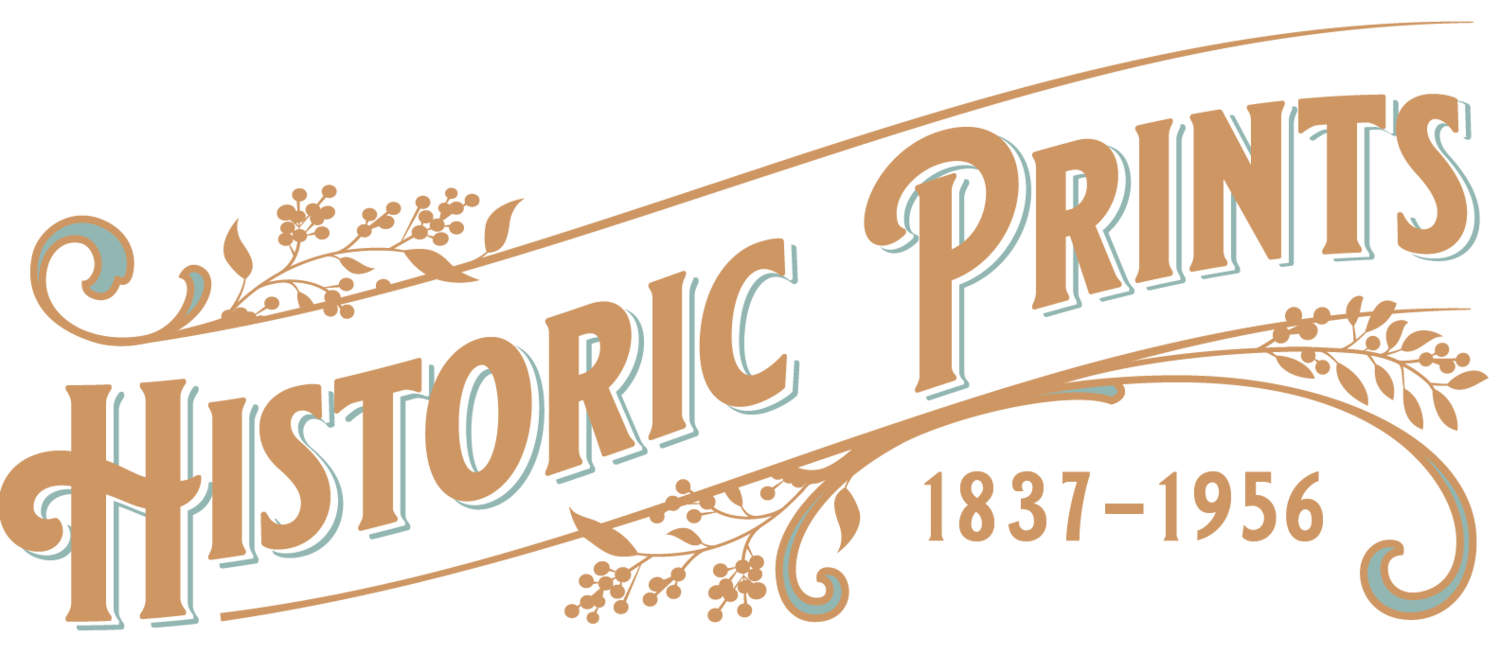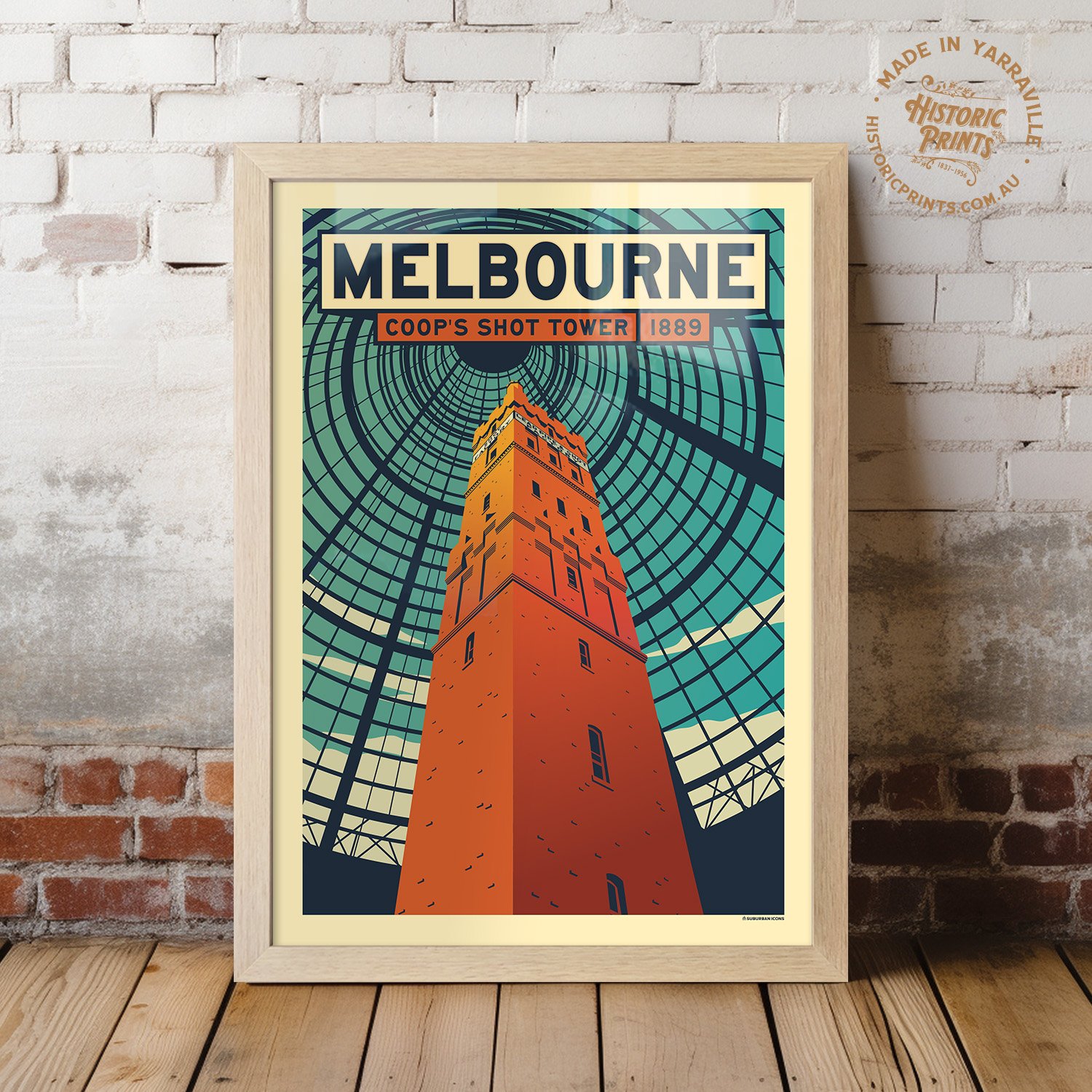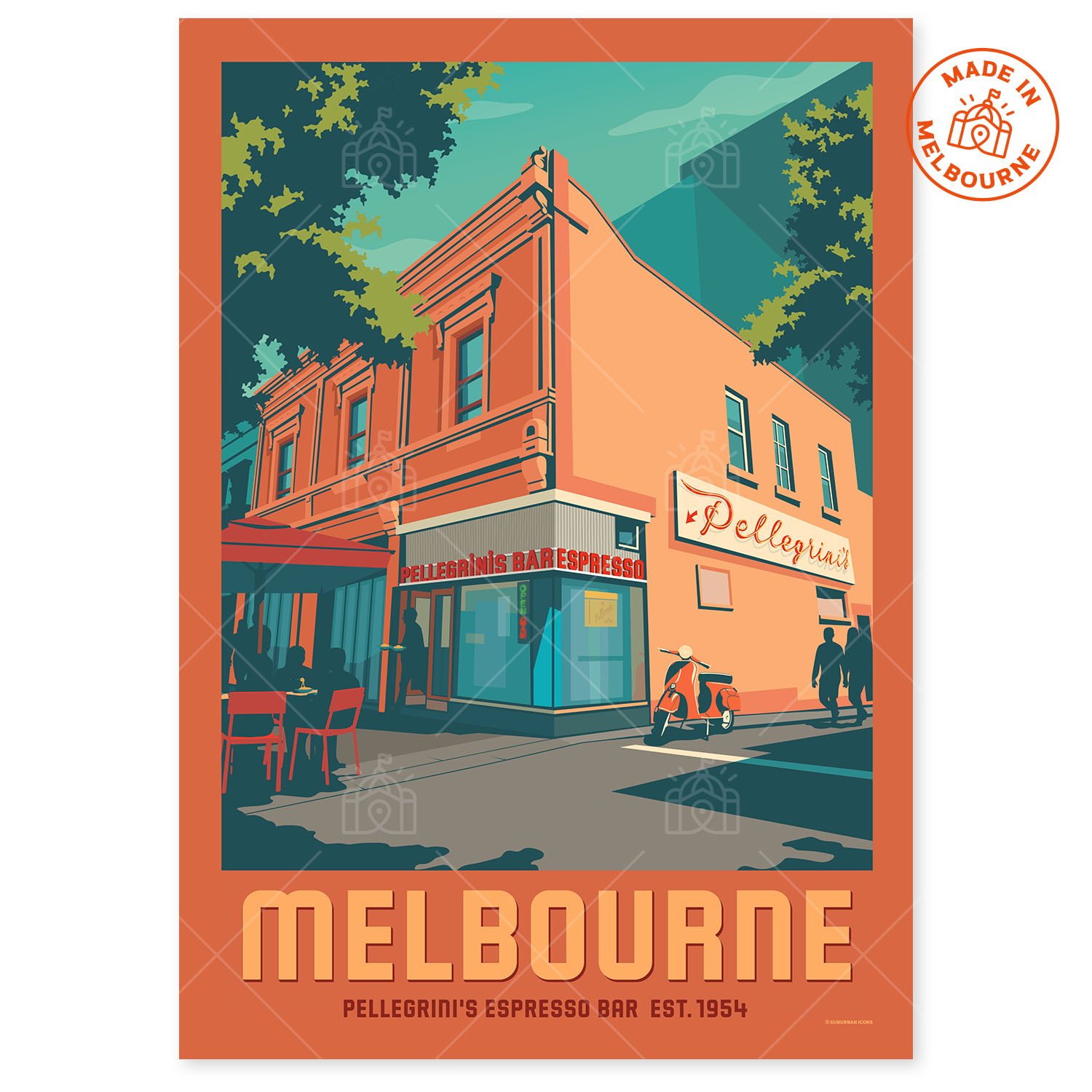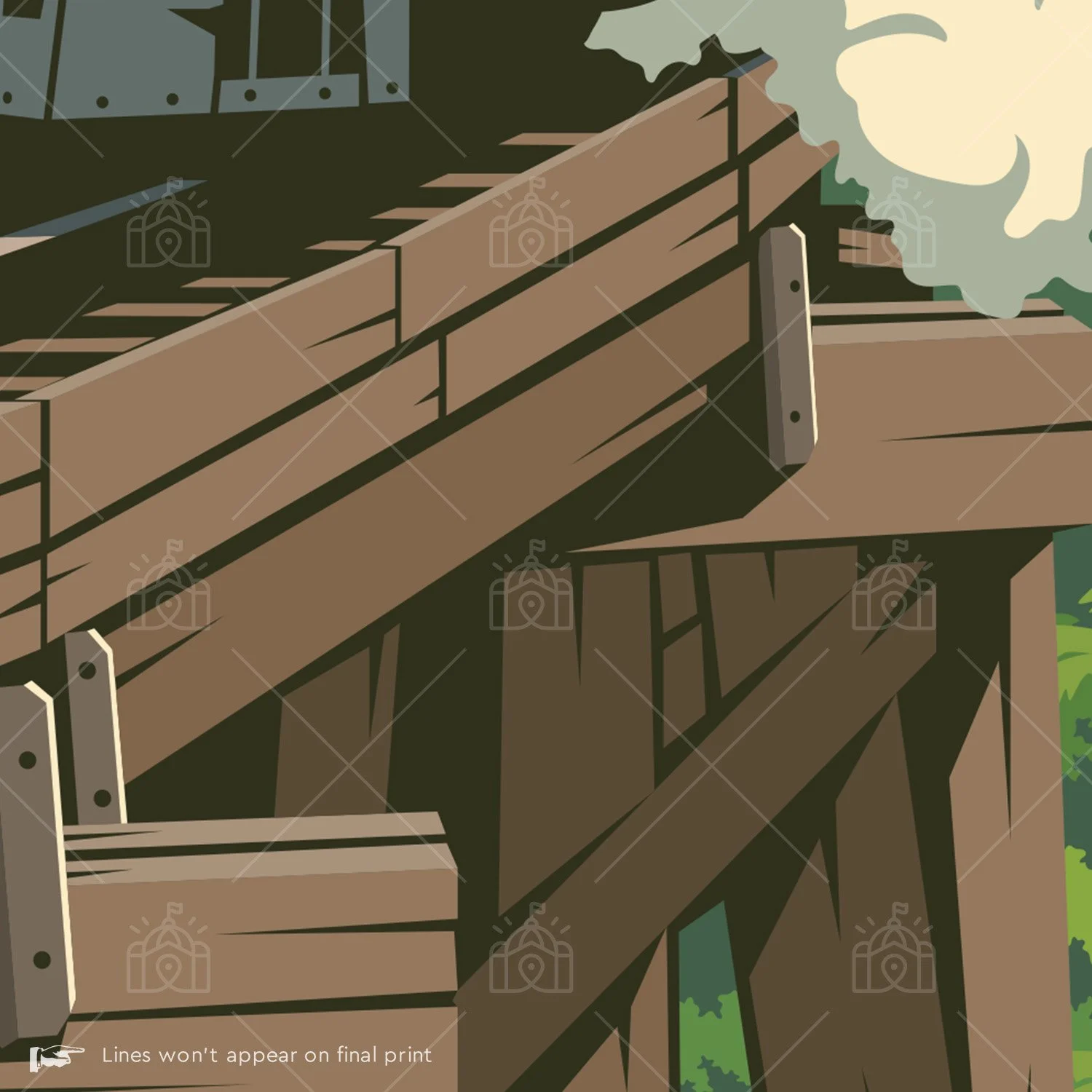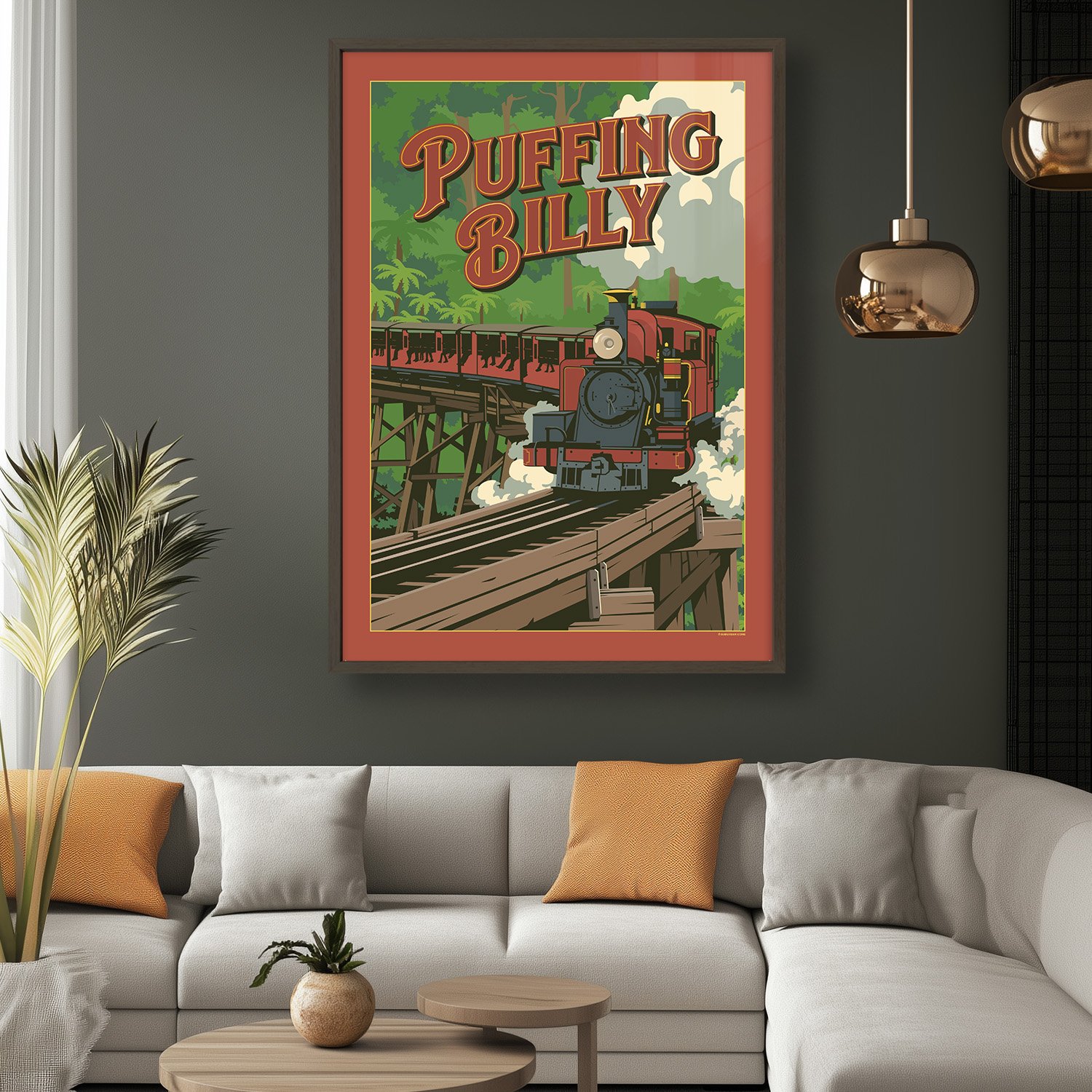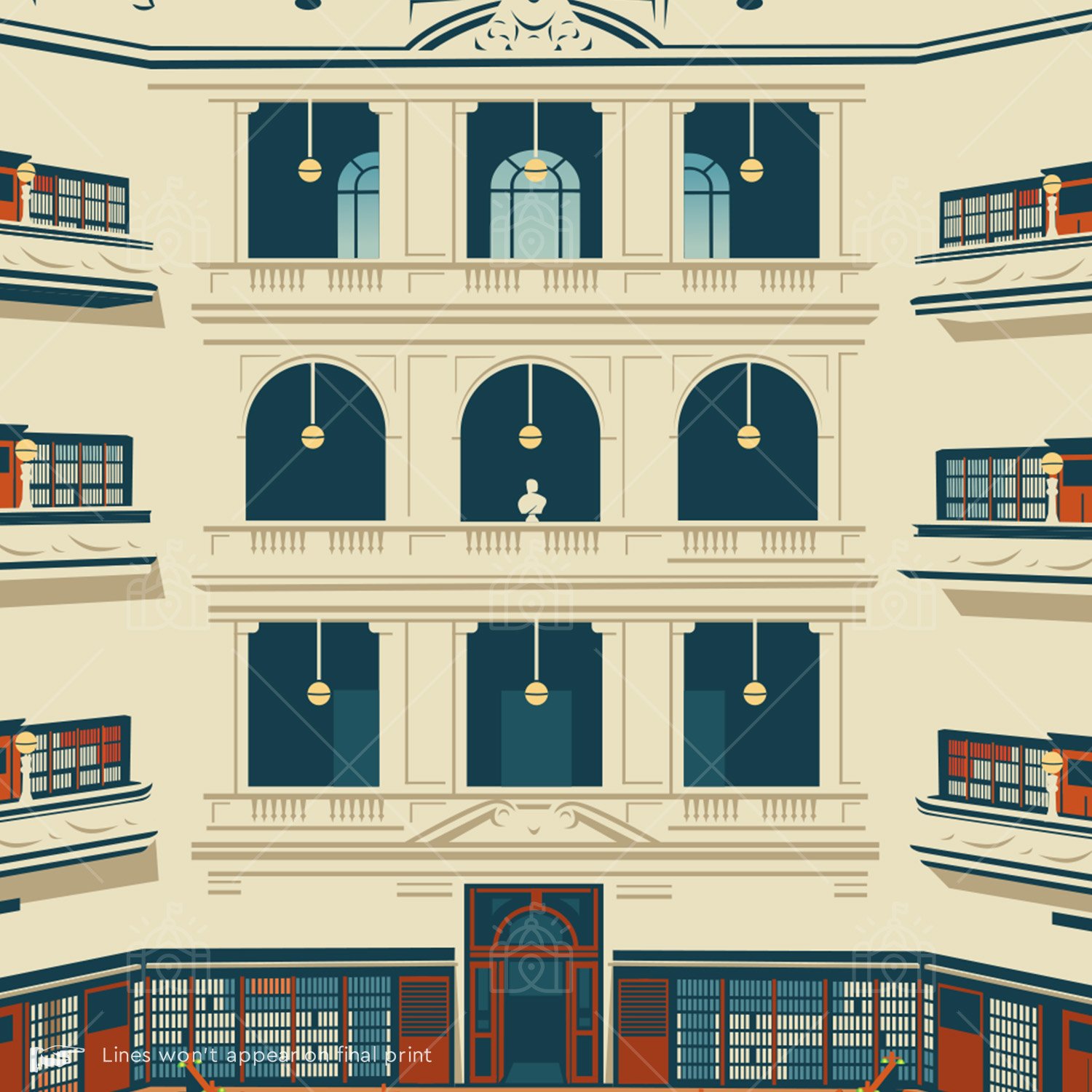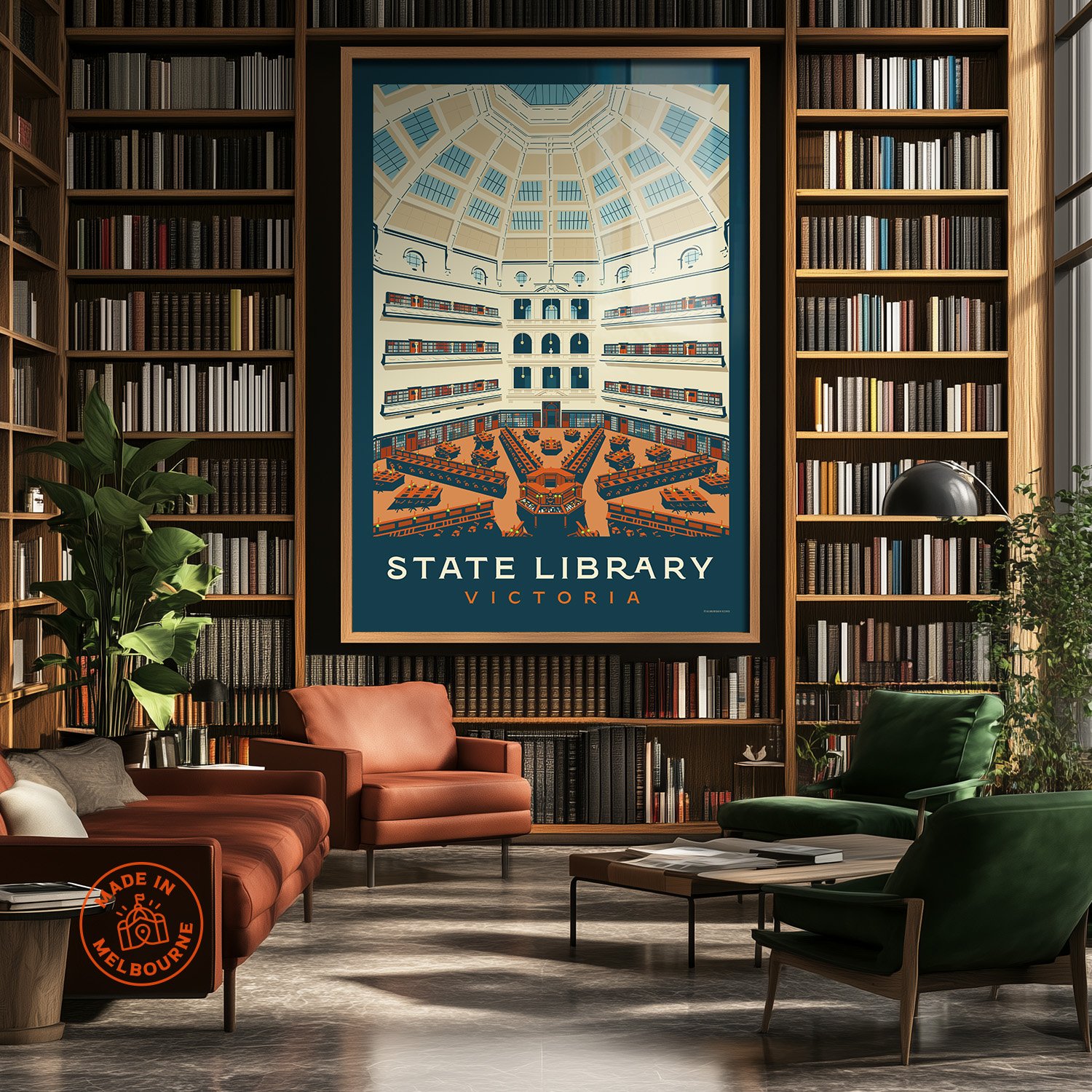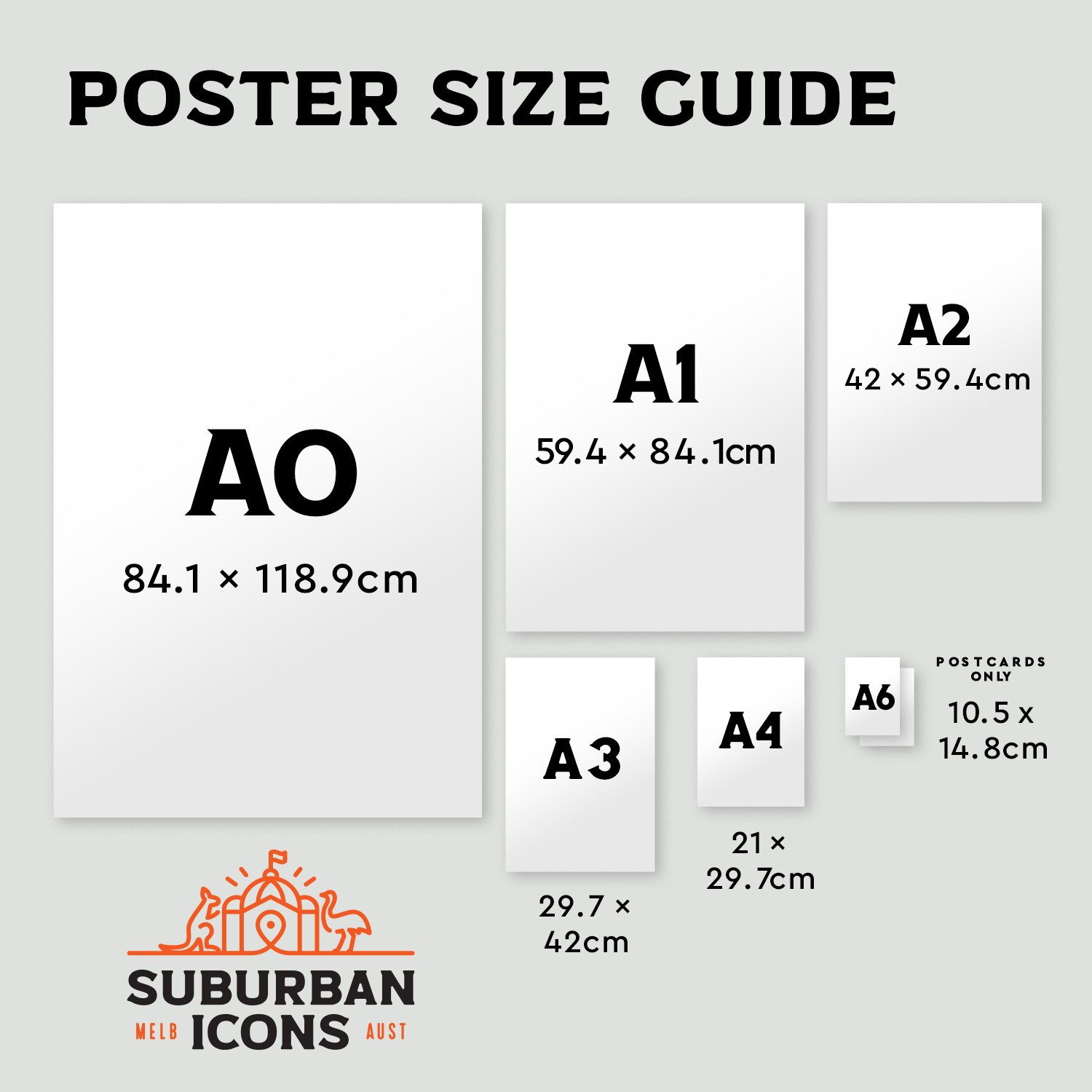Coop’s Shot Tower Melbourne Central Suburban Icon Poster
In 1880s Melbourne, the once-shabby port town had grown to be the wealthiest city in the world, with grand buildings rising across the booming landscape. Towering above the chaos was Coop’s Shot Tower—the tallest building in the CBD until the 1940s and now one of the city’s most Instagrammable landmarks. But don’t let its photogenic charm fool you; this tower is steeped in gritty, industrial history.
Built in 1889 by the enterprising Coop family, this red-brick beauty was once the crown jewel of Australia’s lead-shot industry. From the top, molten lead was dropped 50 metres into water, forming perfect pellets used for everything from shotgun ammo to ships’ ballast. At its peak, the Coops were cranking out six tonnes of shot per week.
But it wasn’t all smooth sailing. Lead’s toxic nature and the rise of plastics saw the tower shut down in 1961. Almost lost to the wrecking ball, it was saved and encased in a conical glass marvel during Melbourne Central’s construction in the ‘80s. Now, it stands as a monument to Melbourne’s working-class roots and industrial innovation.
So next time you’re in the city, raise your head (and your camera) to this towering testament to our shared past.
This artwork is available in A0, A1, A2, A3, A4. Professional framing is available on A0, A1 and A2 sizes via pick up only.
In 1880s Melbourne, the once-shabby port town had grown to be the wealthiest city in the world, with grand buildings rising across the booming landscape. Towering above the chaos was Coop’s Shot Tower—the tallest building in the CBD until the 1940s and now one of the city’s most Instagrammable landmarks. But don’t let its photogenic charm fool you; this tower is steeped in gritty, industrial history.
Built in 1889 by the enterprising Coop family, this red-brick beauty was once the crown jewel of Australia’s lead-shot industry. From the top, molten lead was dropped 50 metres into water, forming perfect pellets used for everything from shotgun ammo to ships’ ballast. At its peak, the Coops were cranking out six tonnes of shot per week.
But it wasn’t all smooth sailing. Lead’s toxic nature and the rise of plastics saw the tower shut down in 1961. Almost lost to the wrecking ball, it was saved and encased in a conical glass marvel during Melbourne Central’s construction in the ‘80s. Now, it stands as a monument to Melbourne’s working-class roots and industrial innovation.
So next time you’re in the city, raise your head (and your camera) to this towering testament to our shared past.
This artwork is available in A0, A1, A2, A3, A4. Professional framing is available on A0, A1 and A2 sizes via pick up only.
In 1880s Melbourne, the once-shabby port town had grown to be the wealthiest city in the world, with grand buildings rising across the booming landscape. Towering above the chaos was Coop’s Shot Tower—the tallest building in the CBD until the 1940s and now one of the city’s most Instagrammable landmarks. But don’t let its photogenic charm fool you; this tower is steeped in gritty, industrial history.
Built in 1889 by the enterprising Coop family, this red-brick beauty was once the crown jewel of Australia’s lead-shot industry. From the top, molten lead was dropped 50 metres into water, forming perfect pellets used for everything from shotgun ammo to ships’ ballast. At its peak, the Coops were cranking out six tonnes of shot per week.
But it wasn’t all smooth sailing. Lead’s toxic nature and the rise of plastics saw the tower shut down in 1961. Almost lost to the wrecking ball, it was saved and encased in a conical glass marvel during Melbourne Central’s construction in the ‘80s. Now, it stands as a monument to Melbourne’s working-class roots and industrial innovation.
So next time you’re in the city, raise your head (and your camera) to this towering testament to our shared past.
This artwork is available in A0, A1, A2, A3, A4. Professional framing is available on A0, A1 and A2 sizes via pick up only.
©2023 Historic Prints. Part of The Brand Garage, Melbourne. Ownership and copyright of all images and intellectual property remains with Historic Prints.
